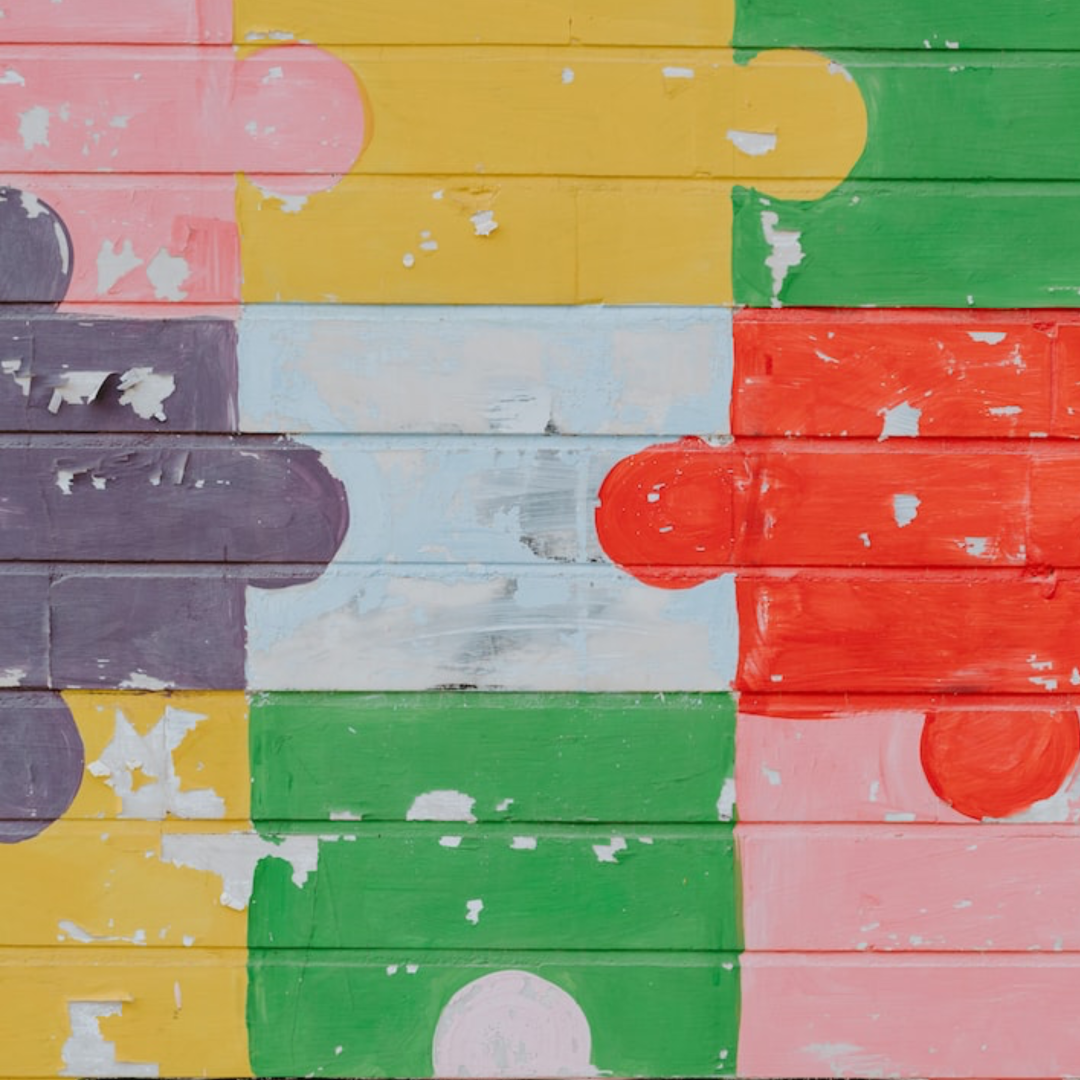What are Jigsaw Puzzles and How Do You Assemble One?

Jigsaw puzzles have been a popular pastime for people of all ages for many years. They are not only a great source of entertainment but also provide numerous cognitive benefits. In this blog post, we will explore what jigsaw puzzles are and how you can assemble one to enjoy the process and reap the rewards.
What is a Jigsaw Puzzle?
A jigsaw puzzle is a picture or image that has been printed on a flat surface and then cut into various irregularly shaped pieces. These pieces are designed to interlock with each other, creating a complete picture when correctly assembled. Jigsaw puzzles come in different sizes and difficulty levels, ranging from a few pieces for children to thousands of pieces for experienced puzzlers.
How to Assemble a Jigsaw Puzzle?
Assembling a jigsaw puzzle requires patience, focus, and a systematic approach. Here are the steps to guide you through the process:
1. Prepare Your Workspace
Find a flat and well-lit area to work on your puzzle. A large table or a dedicated puzzle board is ideal for this purpose. Make sure the surface is clean and free from any debris that could interfere with the puzzle pieces.
2. Sort and Organize the Pieces
Begin by sorting the puzzle pieces. Separate the edge pieces from the interior pieces. Edge pieces have one or two straight edges, while interior pieces have no straight edges. Additionally, you can sort the pieces by color, pattern, or any other distinguishing features that may help you during the assembly process.
3. Start with the Edge Pieces
Assembling the edge pieces first provides a framework for the rest of the puzzle. Look for pieces with straight edges and begin connecting them to form the border of the puzzle. This step will give you a clear outline of the picture you are trying to recreate.
4. Work on Small Sections
Once the edges are complete, focus on smaller sections of the puzzle. Look for pieces that fit together based on color, pattern, or any other visual cues. Gradually build these sections, connecting them to the edge pieces as you progress.
5. Patience and Persistence
Assembling a jigsaw puzzle can be challenging, especially when dealing with similar colors or intricate patterns. It requires patience and persistence. Don't get discouraged if you encounter difficulties along the way. Take breaks when needed and come back to it with a fresh perspective.
6. Finishing Touches
Once you have connected all the pieces and completed the puzzle, take a moment to admire your accomplishment. You can glue the pieces together and frame the puzzle to display it as a work of art or disassemble it and start a new puzzle.
Remember, the joy of solving a jigsaw puzzle lies not only in the final result but also in the process itself. It stimulates your brain, improves your problem-solving skills, and provides a sense of satisfaction. So, gather your favorite puzzle and start assembling!




